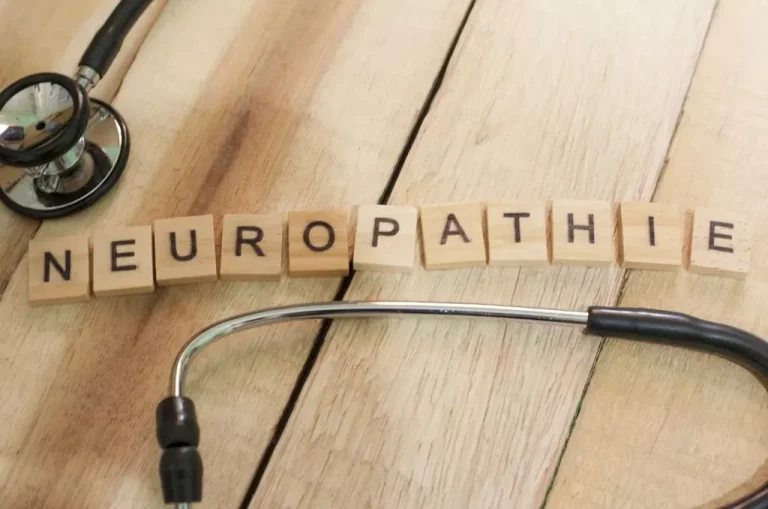
According to the National Institute on Alcohol Abuse and Alcoholism (NIAAA), AUD is a brain disorder that doctors characterize by the inability to stop or control alcohol consumption. This inability occurs despite adverse effects on the person’s health, occupation, or relationships. The heart’s LV attempts to compensate for this damage by enlarging to achieve a higher blood output. This eventually limits the heart’s ability to pump oxygen-rich blood around the body.

Treatment / Management
The pathophysiology of AC involves a combination of direct toxic effects of alcohol on the myocardium, oxidative stress, mitochondrial dysfunction, and genetic susceptibility. In all ACM studies, inclusion of patients is based on patients’ self-reported alcohol drinking habits, which may lead to alcoholic cardiomyopathy an underestimation of the prevalence of ACM together with problematic identification of patients who abstain and those who continue drinking. Furthermore, in many of these reports, comorbid conditions, especially myocarditis and other addictions such as cocaine and nicotine, were not reported.

Alcoholic Cardiomyopathy and Your Health
- Women are at a higher risk to develop osteoporosis than men, but both men and women can develop the disorder.
- Healthcare providers perform this procedure to treat a heart condition called hypertrophic cardiomyopathy.
- Supportive care for withdrawal is especially important because some of its symptoms can be severe or even life-threatening.
- If you are a heavy drinker, talking to a primary care provider can help keep this condition from becoming even more severe in the future, or even prevent it from happening.
Individuals who suffer from cirrhosis of the liver have a potentially fatal condition. The liver is the major organ in the body that is responsible for eliminating waste products and other toxic substances from the system. When an individual drinks excessive amounts of alcohol, the person’s liver begins to metabolize the alcohol in order to rid the toxin from the body. Alcohol is metabolized before other substances, and the liver needs to work excessively hard to perform its functions when a person drinks large amounts of alcohol. As pointed out before, the current accepted definition of ACM probably underestimates the number of women affected by the disease. Alcohol affects heart function and is dependent on the quantity of alcohol that the heart is exposed to.
Basic studies on molecular mechanisms of myocardial damage
This condition causes the heart tissue to thicken and stiffen, which leads to problems with how blood pumps out of your heart. Alcohol-induced cardiomyopathy treatment includes a combination of lifestyle modifications, pharmacological treatment, management of arrhythmia, and supportive care. The key to diagnosis is a personal history of chronic heavy alcohol use and the absence of other etiologies. Certain microscopic features https://ecosoberhouse.com/ may suggest damage secondary to alcohol causing cardiomyopathy. Commonly seen cellular structural alterations include changes in the mitochondrial reticulum, cluster formation of mitochondria and disappearance of inter-mitochondrial junctions. In general, you should talk to your healthcare provider if you notice changes in your symptoms over time, especially if they are starting to affect your normal life and routine.
- Although some studies have detailed structural and functional damage in proportion to the amount of alcohol consumed during a patient’s lifetime[24], a large majority of authors have discarded this theory[21-23,25].
- Some of the above tests may also use materials injected into your bloodstream that are highly visible on certain types of imaging scans.
- Diastolic dysfunction, characterized by impaired left ventricular relaxation and reduced diastolic filling capacity, serves as an early indicator of ACM.
- A person can speak with a doctor about any concerns regarding lifestyle changes.

This can be understood through clinical observations that highlight the mitochondria as the main target of oxidative damage. When reactive oxygen species (ROS) are produced in excessive manners due to heavy alcohol consumption, it damages mitochondrial DNA, resulting in mitochondrial injuries. Surprisingly, the damaged mitochondria not only become less efficient but also increases the generation of ROS that aid the apoptosis process. Furthermore, in contrast to nuclear DNA, mitochondrial DNA is susceptible to oxidative stress due to its close proximity to the formation of ROS and the limited protective mechanisms in place to safeguard DNA integrity. Post-mortem biopsies from the hearts of human alcoholics revealed that the myocardial mitochondria is enlarged and damaged [1-9].
Unfortunately, all the available reports were completed at a time when a majority of the current heart failure therapies were not available (Table (Table11). One of the few papers analysing genetic susceptibility in ACM was published by Fernández-Solà et al[64] in 2002. He compared the prevalence of different polymorphisms of the angiotensin-converting enzyme gene in 30 ACM patients and in 27 alcoholics with normal ventricular function. Furthermore, 89% of the alcoholics with a DD genotype developed ACM, whereas only 13% of those with an II or ID genotype developed this condition. However, this individual susceptibility mediated by polymorphisms of the angiotensin-converting enzyme gene does not appear to be specific to ACM insofar as several diseases, including some that are not of a cardiologic origin, have been related to this genetic finding[65].
How can I prevent this condition or reduce my risk?
- In addition, it provides information not only on overall heart size and function, but on valvular structure and function, wall motion and thickness, and pericardial disease.
- In some cases, a pacemaker or other implantable device might be necessary to treat more severe heart rhythm problems.
- This condition tends to be worse the more you drink and/or the longer you were a heavy drinker.
- It is characterized by ventricular dilation and impairment in cardiac function.
However, for others, the effects of alcohol-induced cardiomyopathy may be life-long. Even in cases where people can undergo a heart transplant, individuals with a history of alcohol-induced cardiomyopathy are more likely to face other health problems down the road. In many — if not most — cases, abstaining from alcohol can be enough to help people recover from alcohol-induced cardiomyopathy. In cases where people don’t recover fully by abstaining from alcohol, most people will still see noticeable improvements in their symptoms. In some cases, even just reducing alcohol intake to light or moderate levels can also lead to improvements. However, not drinking at all is still the best course of action whenever possible.
How Long To Reverse Effects of Alcohol Abuse?
- Also, low to moderate daily alcohol intake was proved to be a predictor of better prognosis for both ischemic cardiomyopathy and heart failure regardless of the presence of coronary disease[1,2].
- This review will provide an updated view of this condition, including its epidemiology, pathogenesis, diagnosis, and treatment (Graphical Abstract).
- Guillo et al[17] in 1997 described the evolution of 9 ACM patients who had been admitted.
- Ultimately, your body can’t keep up with the damage to multiple organ systems, including your heart.
- In patients with hyperthyroidism, overt heart failure in the absence of underlying cardiac disease is uncommon [19].




